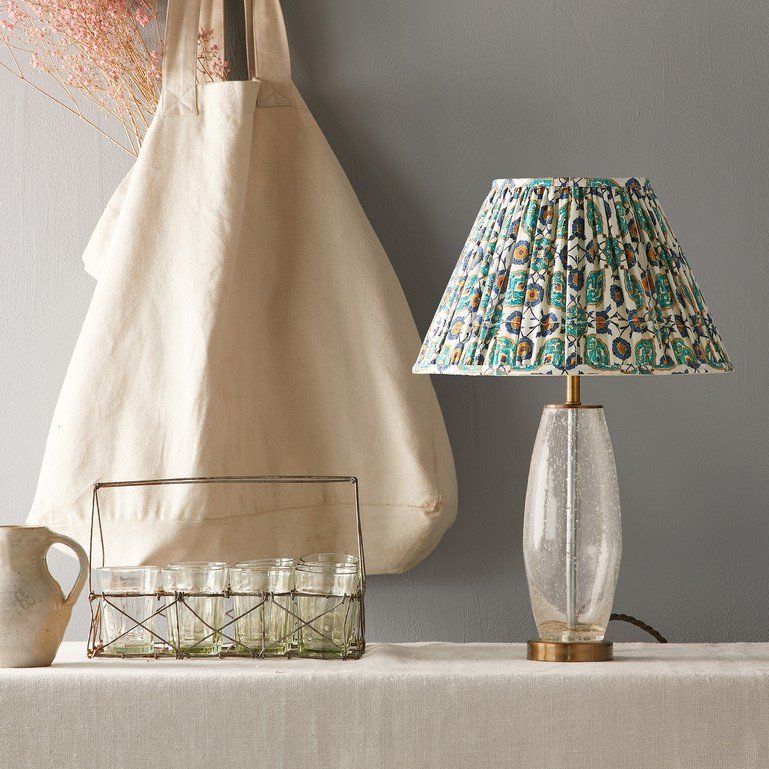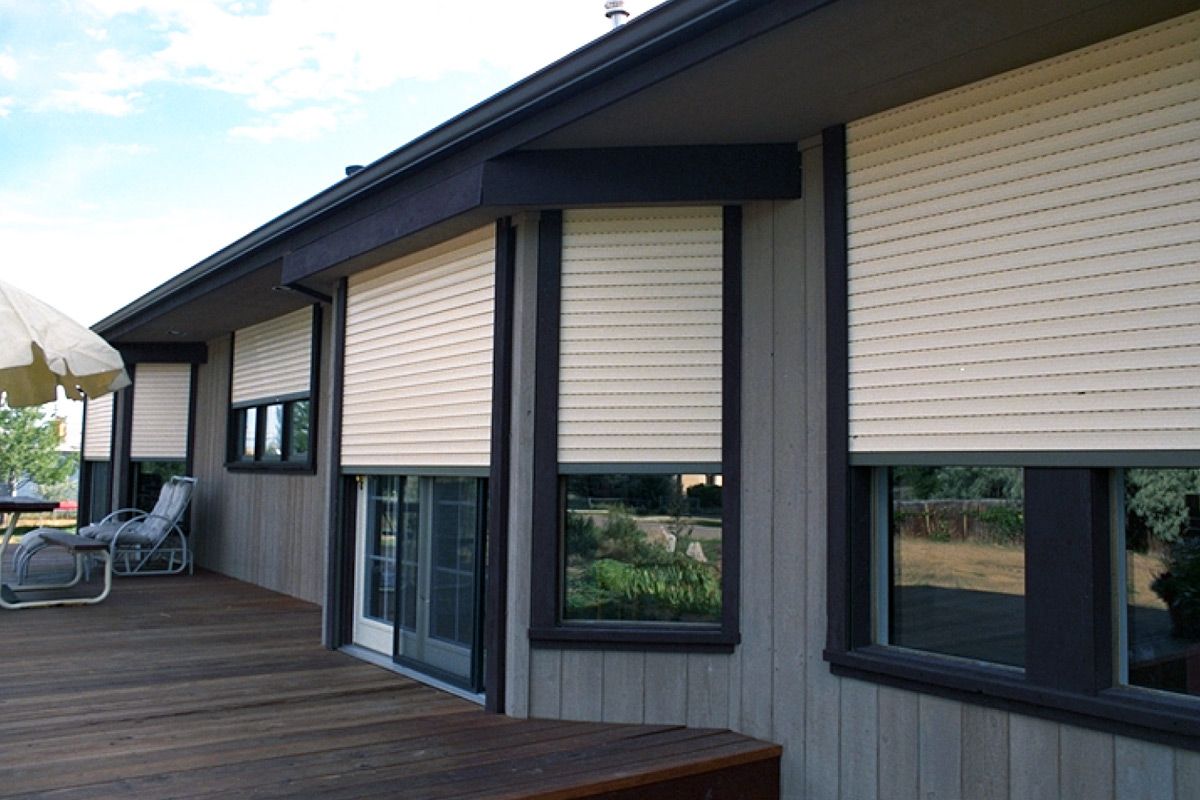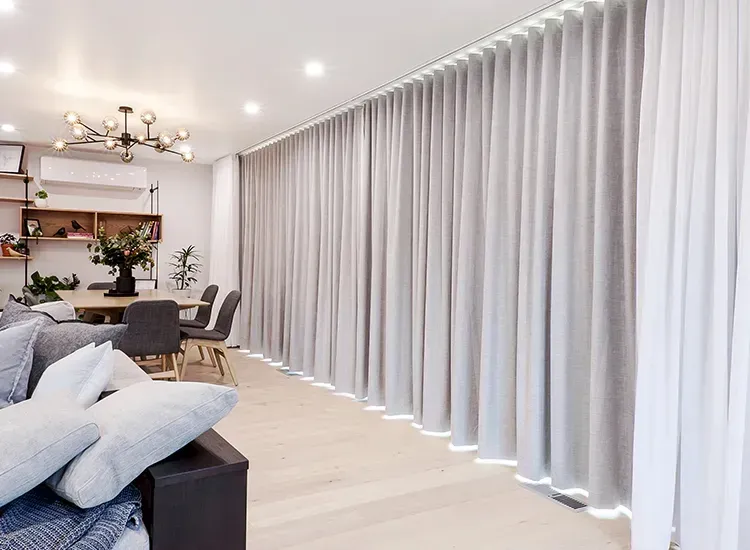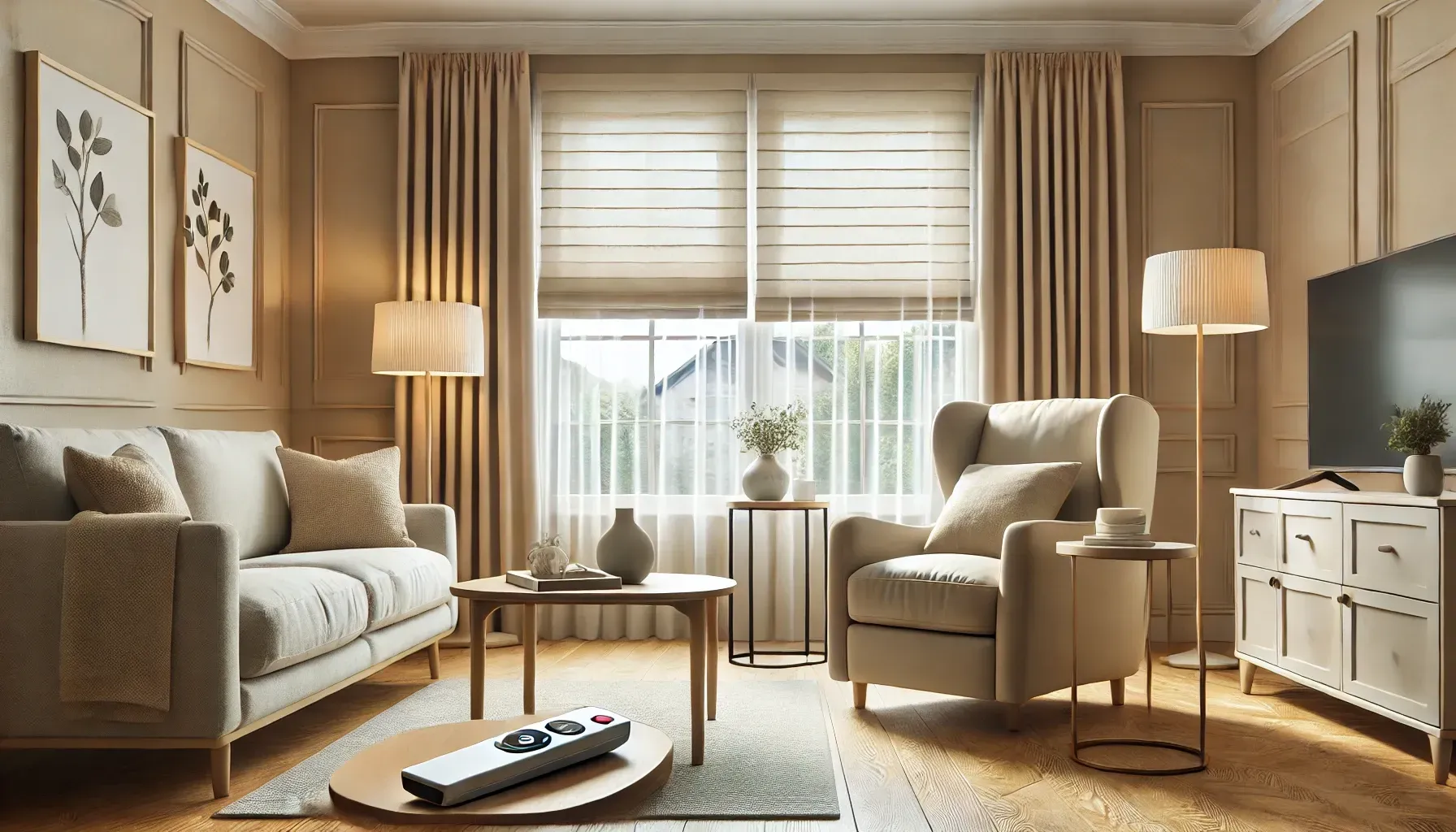Which Fabric Is the Best for Window Treatment: Wool or Linen?
TLDR;
Wool is the best fabric for
window treatments if you prioritize insulation, light blocking, and a luxurious appearance, making it ideal for formal settings and colder climates. Linen, on the other hand, is the better choice if you prefer a lightweight, airy aesthetic with natural light filtration, which suits modern, minimalist, or warm-weather environments. The best option depends on your specific needs, budget, and design preferences.
Choosing the Right Fabric for Window Treatments: Wool vs. Linen
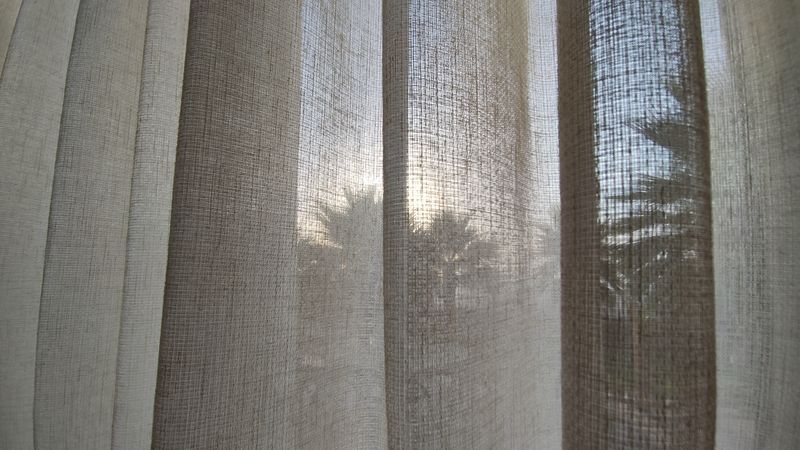
Selecting the right fabric for window treatments is essential for achieving the perfect balance of aesthetics, functionality, and durability. Wool and linen are two of the most popular choices, each offering unique benefits. But which one is best for your space? Love Is Blinds CO is here to help you make the right decision with this comprehensive comparison.
Understanding Wool and Linen as Window Treatment Fabrics
Before diving into the comparison, let's explore the fundamental qualities of wool and linen when used for window treatments.
Wool for Window Treatments

Texture & Appearance: Wool curtains exude luxury, featuring a heavier drape with a rich, plush texture. The fabric has a naturally elegant appearance that works well in formal interiors.
Insulation & Temperature Control: Wool is highly insulating, keeping rooms warm in the winter and cool in the summer. This makes it an excellent option for energy efficiency.
Durability: Wool is naturally resilient and resistant to wrinkles and sagging. However, it does require professional cleaning to maintain its appearance.
Best Use Cases: Ideal for formal spaces, such as dining rooms, traditional interiors, and colder climates where insulation is crucial.
Linen for Window Treatments

Texture & Appearance: Linen curtains offer a light, airy, and relaxed aesthetic. The fabric has a slightly textured, organic look that enhances natural and modern spaces.
Light Filtration: Linen allows natural light to filter through, providing a soft, diffused glow. This makes it a great choice for rooms that benefit from ample daylight. If you're wondering about the Best Fabric for Light Shades, linen is a top contender due to its breathable and airy qualities.
Durability: While linen is a strong fabric, it is prone to wrinkles. However, it is machine washable, making it easier to maintain than wool.
Best Use Cases: Perfect for minimalist, casual, and beach-style interiors where a breezy, effortless look is desired.
Wool vs. Linen: A Detailed Comparison for Window Treatments
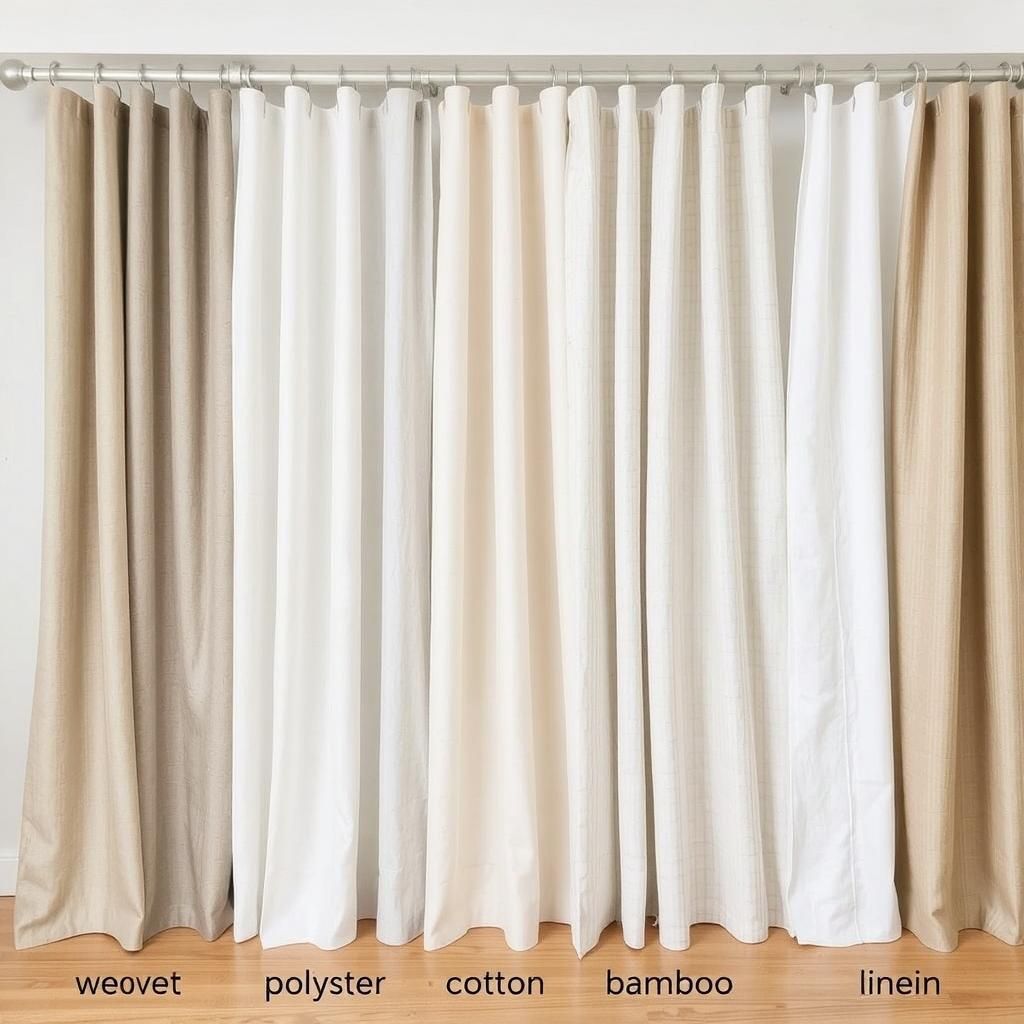
Durability & Maintenance
Wool: Wool curtains are highly durable and resistant to wrinkles, but they require professional cleaning. The fabric holds its shape well over time, making it a long-term investment.
Linen: Linen is also durable but wrinkles easily. The benefit is that it can be machine washed, making maintenance simpler for homeowners.
Aesthetic Appeal & Design Flexibility
Wool: Wool offers a rich, formal look that pairs well with classic and luxurious interiors.
Linen: Linen provides a relaxed, airy feel that works best in modern and casual settings.
Climate & Seasonal Suitability
Wool: Wool is excellent for colder climates due to its insulating properties, helping retain warmth in the winter.
Linen: Linen is breathable and ideal for warmer climates, promoting air circulation and preventing stuffiness in rooms.
Cost Considerations & Budget Planning
Wool: Wool curtains are generally more expensive due to their premium feel and insulating qualities. However, they last longer and may save money in energy costs.
Linen: Linen is more affordable upfront but may require more frequent replacements due to wear and tear.
Environmental Impact & Sustainability
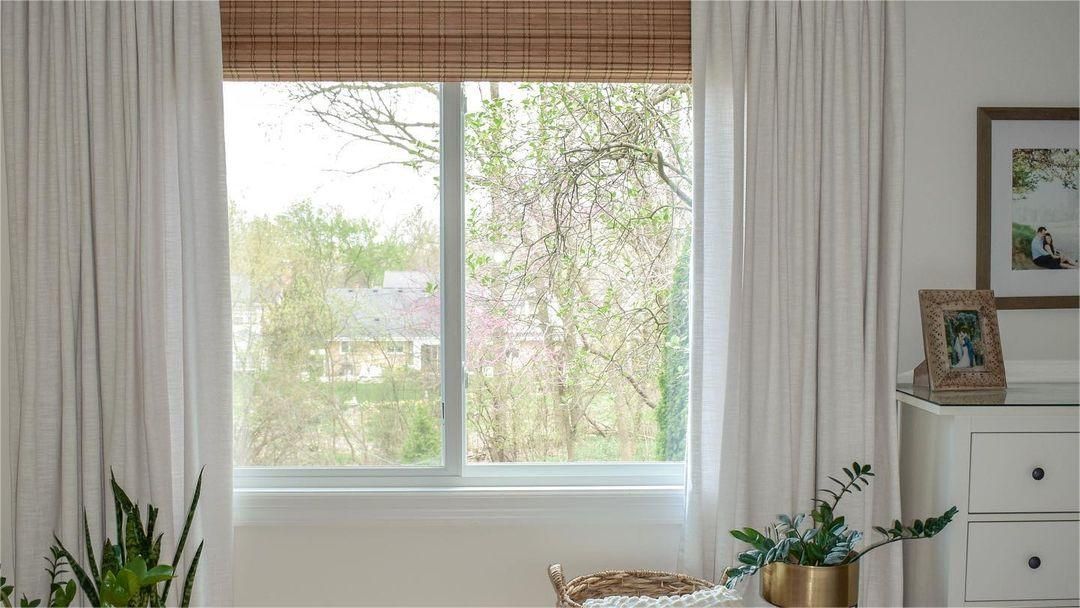
Wool: Wool is a natural, biodegradable fabric. However, its production has a higher carbon footprint due to sheep farming.
Linen: Linen is one of the most eco-friendly fabrics, requiring minimal water and energy to produce. If sustainability is a priority, linen is the superior choice.
Expert Insights & Case Studies
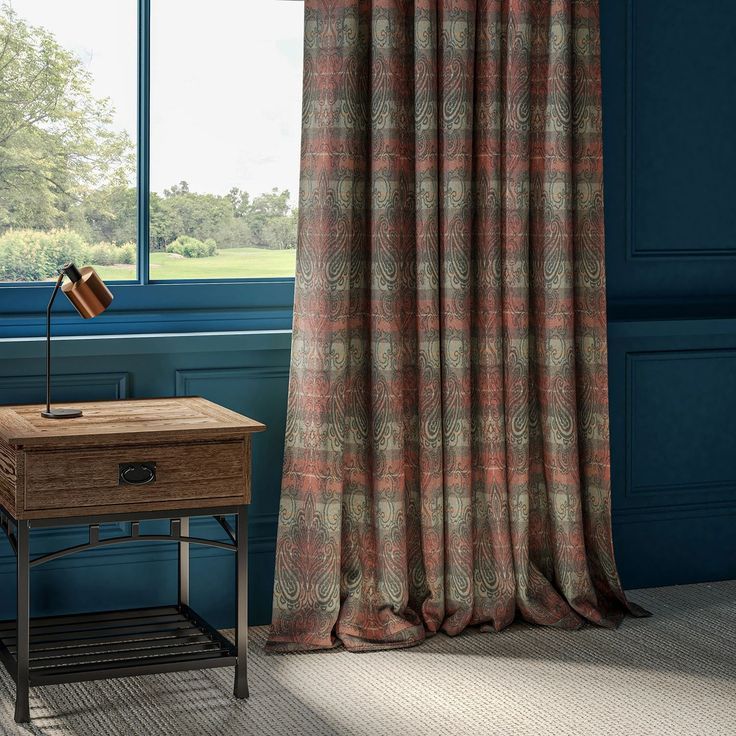
Interior designers often recommend wool for formal, temperature-controlled spaces and linen for relaxed, sunlit rooms. Many high-end homes use a combination of both, depending on the room’s purpose. Real-life case studies show that homeowners in colder regions tend to favor wool for insulation, while those in coastal or tropical climates opt for linen to enhance ventilation and maintain a light ambiance.
Which Fabric Should You Choose? (Final Recommendations)
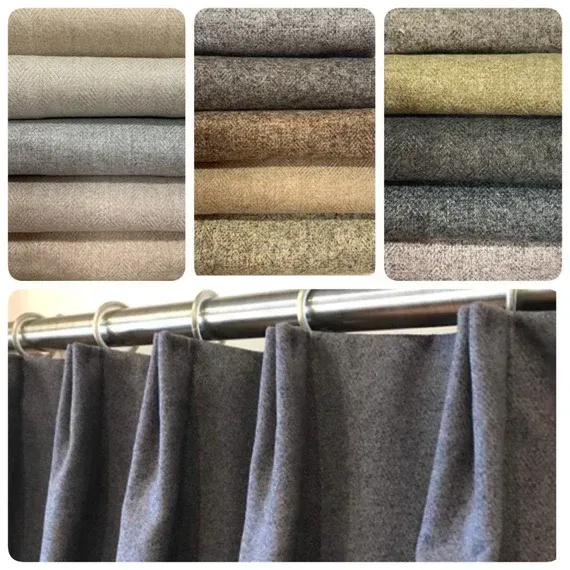
- Best for Formal Interiors: Wool
- Best for Casual Spaces: Linen
- Best for Energy Efficiency: Wool
- Best for Eco-Conscious Consumers: Linen
Your choice ultimately depends on your priorities—whether it's luxury, insulation, affordability, or eco-friendliness.
FAQs About Wool & Linen for Window Treatments
Title or Question
Describe the item or answer the question so that site visitors who are interested get more information. You can emphasize this text with bullets, italics or bold, and add links.Title or Question
Describe the item or answer the question so that site visitors who are interested get more information. You can emphasize this text with bullets, italics or bold, and add links.Title or Question
Describe the item or answer the question so that site visitors who are interested get more information. You can emphasize this text with bullets, italics or bold, and add links.
Conclusion
Both wool and linen have their strengths when it comes to window treatments. Wool offers superior insulation, a luxurious feel, and longevity, making it ideal for colder climates and elegant interiors. Linen, however, is lightweight, breathable, and budget-friendly, perfect for relaxed, modern spaces.
At
Love Is Blinds CO, we understand that selecting the right fabric for your window treatments is a crucial decision. If you're still unsure,
reach out to our team for expert guidance and personalized recommendations.





